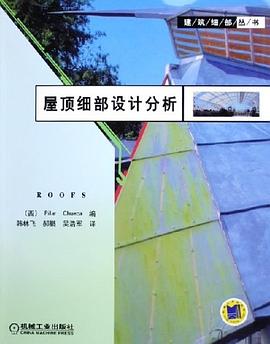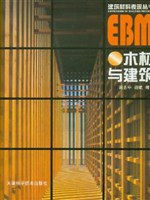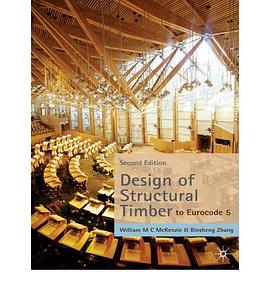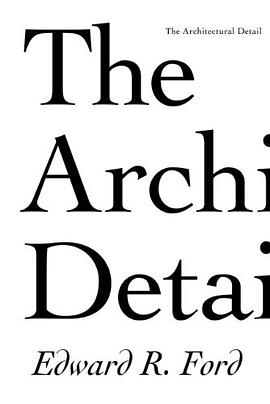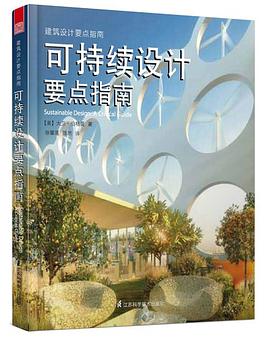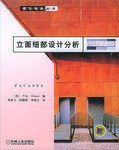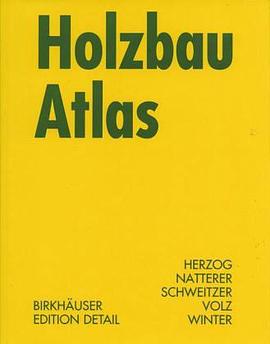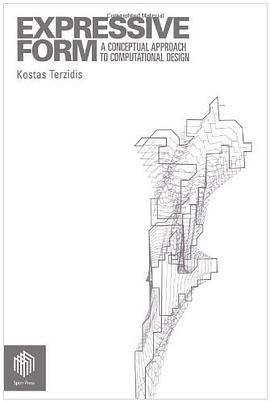

具体描述
The mode of utilizing computers in architecture today is vague, inexplicit, and, often, arbitrary. Designers tend to conceptualize entities or processes and then enter, manipulate and print using computer systems. Often, theories of design and form are "translated" into computational ones, merely to participate in the digital fashion. This situation creates confusion, misunderstanding, and inconsistency to both students and practitioners over the appropriate use of computers in architecture and design. Challenging these assumptions, this book offers an appropriate theoretical context for computer-based experimentations, explorations, and form-making. By employing computational and formal theories, the author offers a theoretical bridge between the establishment of the past and the potential of the future. With the increased use of computers, architecture has found itself in the midst of a plethora of possible uses. The book offers some alternative directions, which combine theoretical inquiry with practical implementation. Notions of exaggeration, hybrid, kinetic, algorithmic, fold and warp are examined from different points of view: historical, mathematical, philosophi or critical. Expressive Form offers a unique perspective on the use of computers related to aesthetics and specifically to architectural form and design. As an architect, professor and computer scientist, Kostas Terzidis is able to discern the unique and worthwhile features of computation as they apply to the idiosyncratic world of architectural design. He provides a source of inspiration for students and professionals.
作者简介
目录信息
读后感
评分
评分
评分
评分
用户评价
相关图书
本站所有内容均为互联网搜索引擎提供的公开搜索信息,本站不存储任何数据与内容,任何内容与数据均与本站无关,如有需要请联系相关搜索引擎包括但不限于百度,google,bing,sogou 等
© 2026 book.wenda123.org All Rights Reserved. 图书目录大全 版权所有

